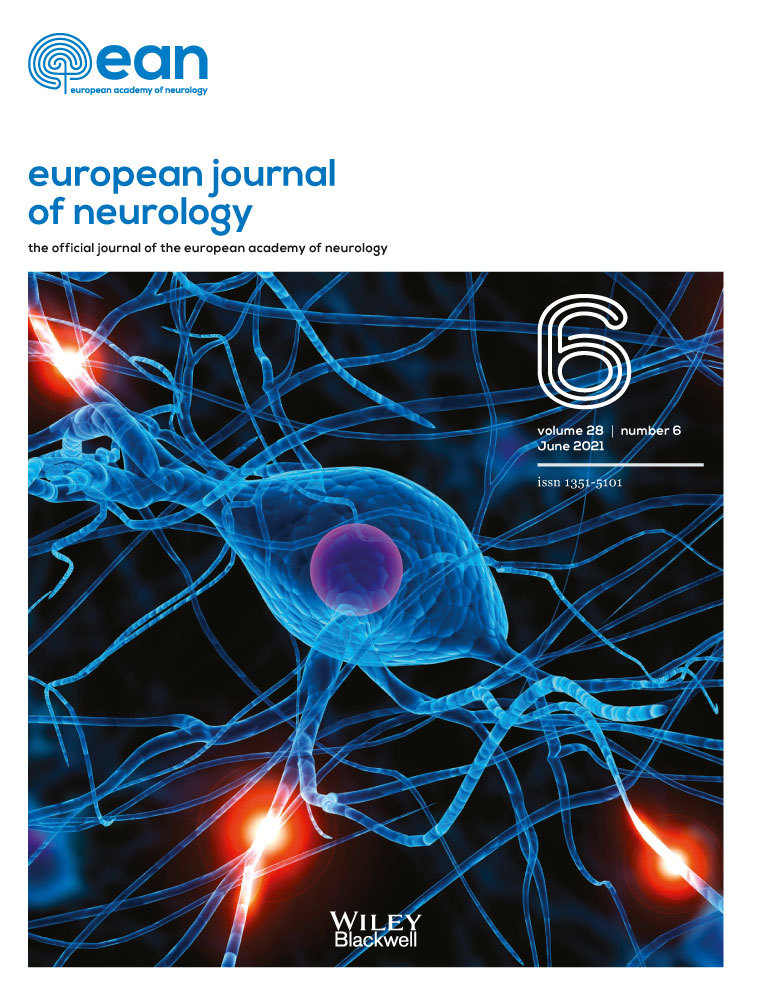Early apathetic, but not depressive, symptoms are associated with poor outcome after stroke
Funding information
This study was supported by a grant from the National Science Center (2015/19/B/NZ4/00287).
Abstract
Background and purpose
Depression and apathy are frequent neuropsychiatric disturbances after stroke and may appear together. Despite the overlap in symptoms between poststroke depression and apathy, these two syndromes might be associated with different prognoses and benefit from different treatments. We aimed to disentangle the relationship between early depressive and apathetic symptoms and outcome after stroke.
Methods
Of 698 enrolled patients with ischemic stroke, we included 443 participants (median age = 69 years, 51% female) who underwent depressive and apathetic symptom assessment on Day 8 after stroke. We divided patients into four groups: without greater depressive and apathetic symptoms (Group 1), with only apathetic symptoms (Group 2), with only depressive symptoms (Group 3), and with both depressive and apathetic symptoms (Group 4).
Results
After adjusting for age and stroke severity, Group 2 and Group 4 had an increased risk of poor 3-month outcome (odds ratio [OR] = 1.98, 95% confidence interval [CI] = 1.16–3.38, p = 0.01 and OR = 1.58, 95% CI = 1.24–2.01, p < 0.01, respectively). Group 2 and Group 4 also had an increased risk of poor 12-month outcome (OR = 3.85, 95% CI = 2.19–6.78, p < 0.01 and OR = 1.54, 95% CI = 1.22–1.96, p < 0.01, respectively) and mortality (hazard ratio [HR] = 2.76, 95% CI = 1.19–6.41, p = 0.02 and HR = 1.77, 95% CI = 1.32–2.38, p < 0.01, respectively). Compared with Group 1, Group 3 did not have an increased risk of unfavorable outcomes.
Conclusions
Early apathetic, but not depressive, symptoms are related to worse outcomes after stroke. Our study underscores the importance of recognizing apathetic symptoms independently from depressive symptoms.
CONFLICT OF INTEREST
None.
Open Research
DATA AVAILABILITY STATEMENT
The data that support the findings of this study are available from the corresponding author upon reasonable request.




